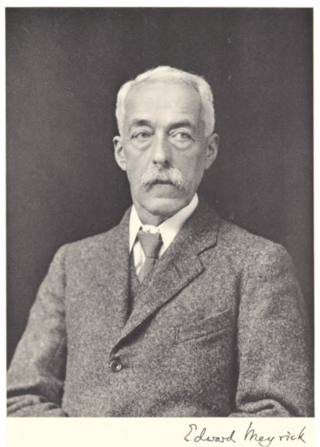
Lepidoptera or lepidopterans is an order of winged insects that includes butterflies and moths. About 180,000 species of the Lepidoptera have been described, representing 10% of the total described species of living organisms, making it the second largest insect order with 126 families and 46 superfamilies. and one of the most widespread and widely recognizable insect orders in the world.

Moths are a group of insects that includes all members of the order Lepidoptera that are not butterflies. They were previously classified as suborder Heterocera, but the group is paraphyletic with respect to butterflies and neither subordinate taxa are used in modern classifications. Moths make up the vast majority of the order. There are thought to be approximately 160,000 species of moth, many of which have yet to be described. Most species of moth are nocturnal, although there are also crepuscular and diurnal species.

The Noctuidae, commonly known as owlet moths, cutworms or armyworms, are a family of moths. They are considered the most controversial family in the superfamily Noctuoidea because many of the clades are constantly changing, along with the other families of the Noctuoidea. It was considered the largest family in Lepidoptera for a long time, but after regrouping Lymantriinae, Catocalinae and Calpinae within the family Erebidae, the latter holds this title now. Currently, Noctuidae is the second largest family in Noctuoidea, with about 1,089 genera and 11,772 species. This classification is still contingent, as more changes continue to appear between Noctuidae and Erebidae.

The Arctiinae are a large and diverse subfamily of moths with around 11,000 species found all over the world, including 6,000 neotropical species. This subfamily includes the groups commonly known as tiger moths, which usually have bright colours, footmen, which are usually much drabber, lichen moths, and wasp moths. Many species have "hairy" caterpillars that are popularly known as woolly bears or woolly worms. The scientific name Arctiinae refers to this hairiness. Some species within the Arctiinae have the word "tussock"' in their common names because they have been misidentified as members of the Lymantriinae subfamily based on the characteristics of the larvae.

Edward Meyrick was an English schoolmaster and amateur entomologist. He was an expert on microlepidoptera and some consider him one of the founders of modern microlepidoptera systematics.
Sir George Francis Hampson, 10th Baronet was an English entomologist.

Arthur Gardiner Butler F.L.S., F.Z.S. was an English entomologist, arachnologist and ornithologist. He worked at the British Museum on the taxonomy of birds, insects, and spiders.
Thyrgis is a genus of moths in the subfamily Arctiinae. The genus was erected by Francis Walker in 1854.
The Global Lepidoptera Names Index (LepIndex) is a searchable database maintained by the Department of Entomology at the Natural History Museum, London. As of May 2023, the site reads "Database last updated January 2018" so the current validity of the taxonomic combinations presented should be adopted with caution.

The Pericopina is a subtribe of tiger moths in the family Erebidae. The subtribe was described by Francis Walker in 1869.

Thyrgis militta is a moth of the subfamily Arctiinae. It was described by Caspar Stoll in 1781. It is found in Bolivia, Suriname, Venezuela and Peru.

Thyrgis ruscia is a moth of the subfamily Arctiinae. It was described by Herbert Druce in 1895. It is found in Bolivia and Ecuador.
Thyrgis angustifascia is a moth in the subfamily Arctiinae. It was described by Hering in 1925. It is found in Bolivia.
Thyrgis basipunctata is a moth in the subfamily Arctiinae. It was described by Hering in 1926. It is found in Peru.
Thyrgis childon is a moth in the subfamily Arctiinae. It was described by Herbert Druce in 1885. It is found in Ecuador and Colombia.
Thyrgis constrictifascia is a moth in the subfamily Arctiinae. It was described by Paul Dognin in 1919. It is found in Ecuador.
Thyrgis flavonigra is a moth in the subfamily Arctiinae. It was described by Paul Dognin in 1910. It is found in Peru.
Thyrgis marginata is a moth in the subfamily Arctiinae. It was described by Arthur Gardiner Butler in 1876. It is found in South America.
Thyrgis tenuifascia is a moth in the subfamily Arctiinae. It was described by Hering in 1930. It is found in Colombia.

Eulepidoptera is a division of lepidopterans in the infraorder Heteroneura.









